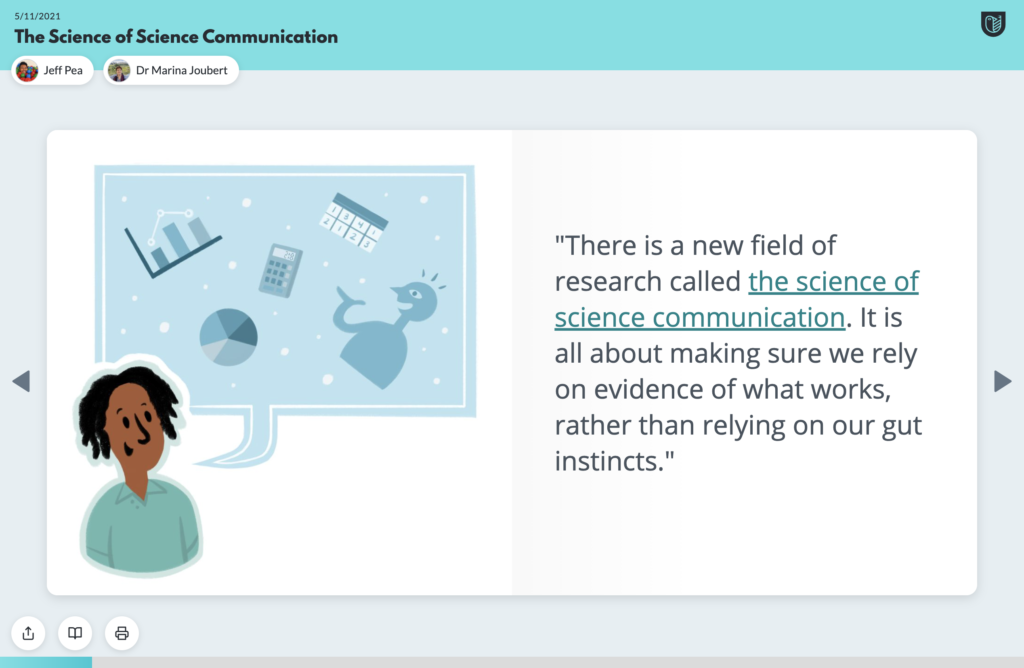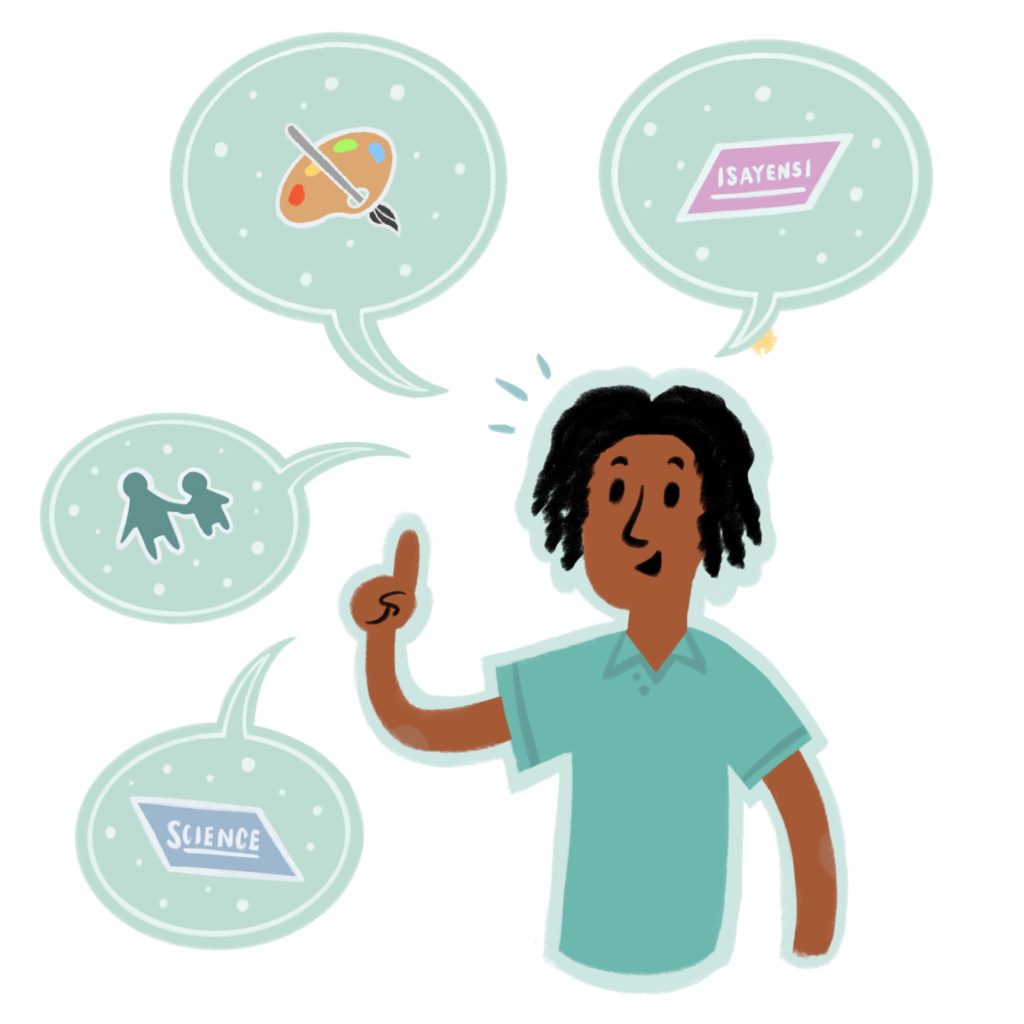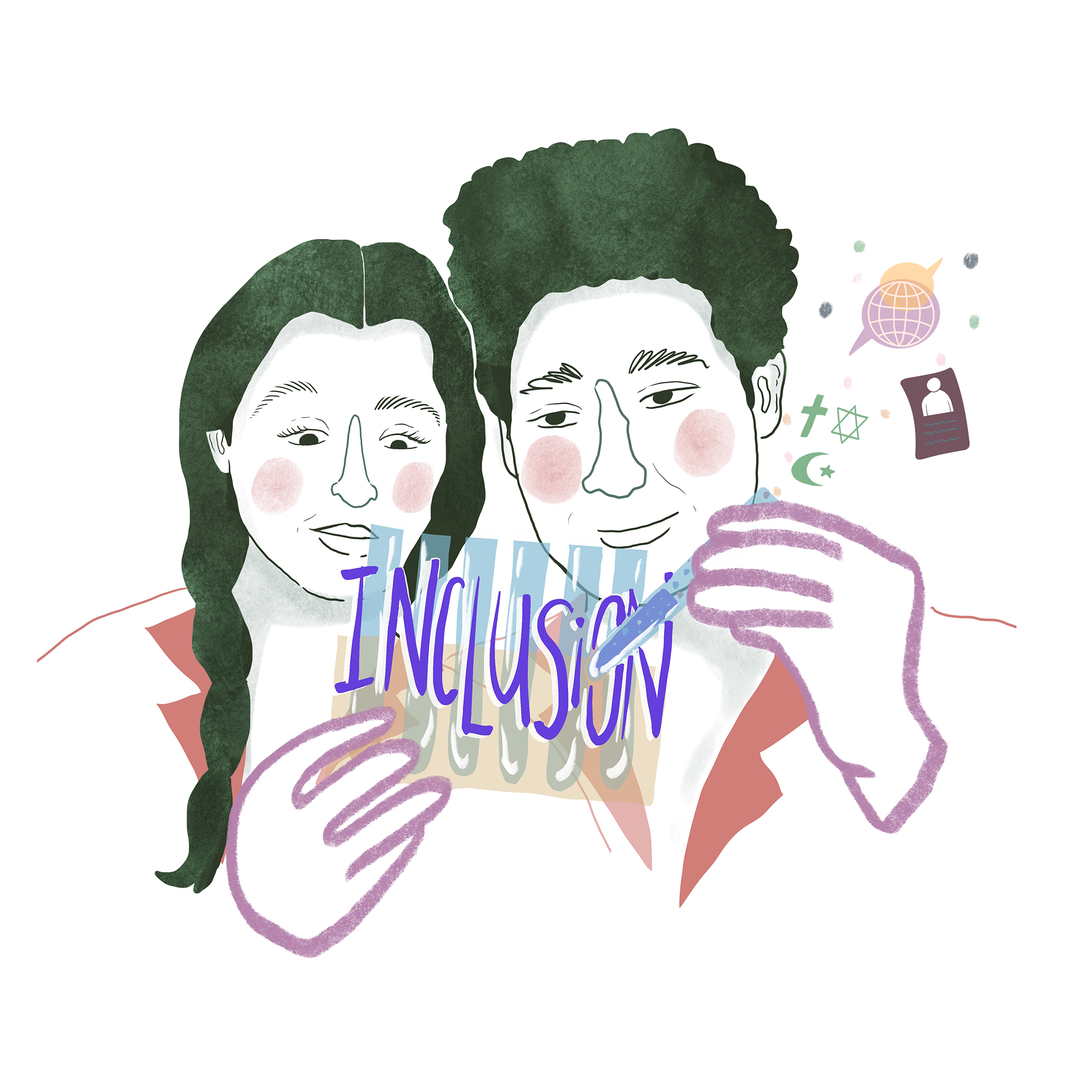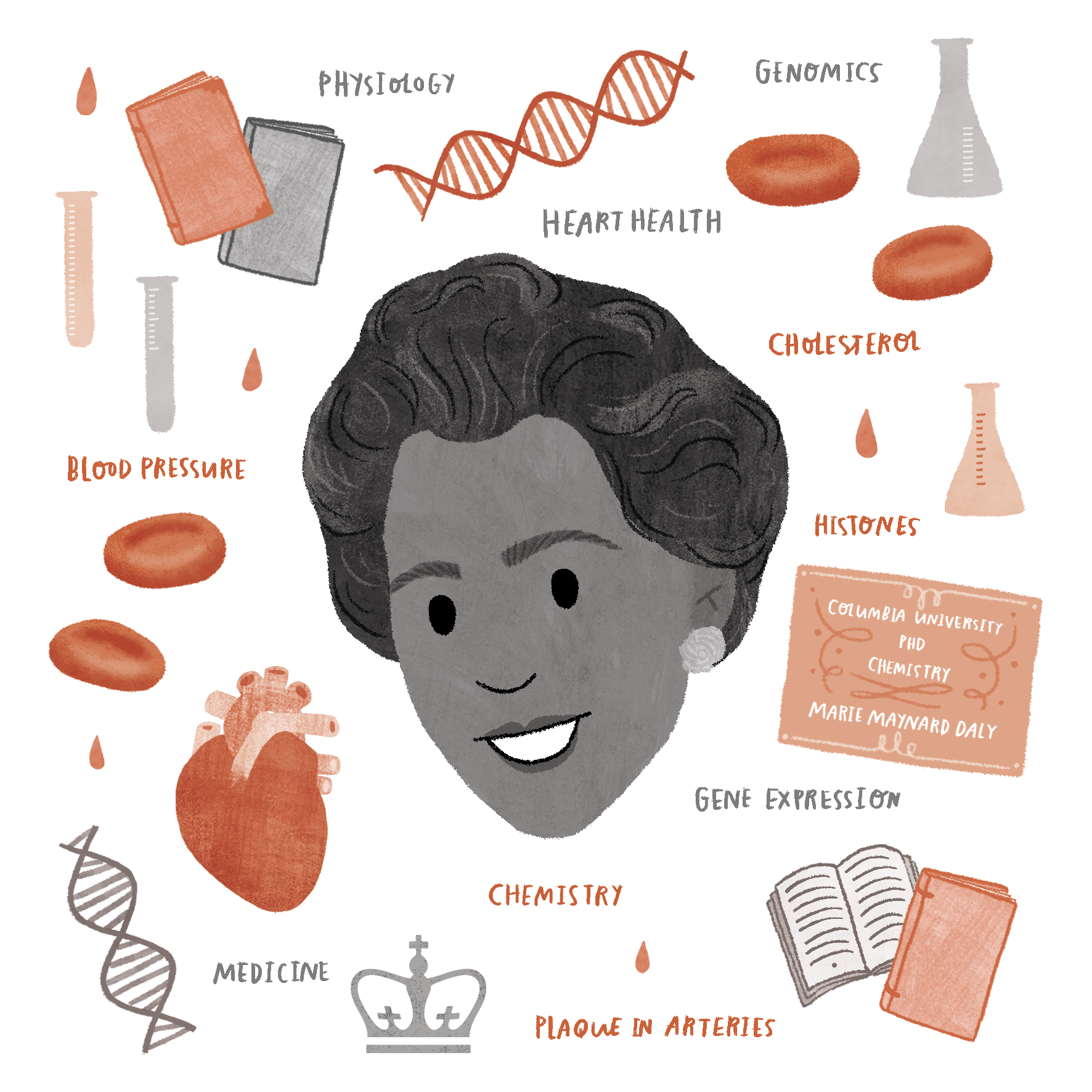
What is the science of science communication all about? How can you communicate science more effectively based on research in the field of science communication?
Learn more in our newest Lifeology University SciComm Program course! This short “flashcard” course, created by science communication scholar Marina Joubert and illustrator Jeff Pea, walks through some of the key principles of evidence-based science communication – through a dialogue between an engineer, a communicator and a social scientist!

Hear from the Author
by Marina Jourbert
The first time I saw the collection of flashcard courses at Lifeology, I immediately liked the fun flashcard concept. The combination of the concise text and stunning illustrations, in a set of more or less 30 flashcards per topic, seemed like a novel and exciting way to engage people. It was obvious to me how I could use these courses in science communication teaching and workshops.
I was keen to try my hand at writing one of these courses. I knew, of course, that it would be hard to take a big and complex topic and break it down into a short set of accessible pieces of text, all woven together in a storyline.
Paige Jarreau and her wonderful team of collaborators encouraged and supported me at every step. It took quite a bit of writing, re-writing, editing and cutting back, but we eventually managed to fit the topic into a set of short, easy-to-read flashcards. Along the way, it really helped me (and motivated me to carry on) to keep on going back to some of the existing Lifeology courses about science communication, for example ‘What is science communication?’ and ‘Style in science communication’.
To me, the most exciting part of the process was when we teamed up with artist Jeff Pea to talk about suitable illustrations. That direct hands-on interaction with an artist is really inspirational and hugely enjoyable. Lifeology is great at matchmaking between scientists and artists and that combination of text and drawings is what brings a course to life.
If you’re thinking about writing a new course, I think the best way to start is to link the topic to real-world situations and people you know. Keep that in mind as you write. Also, start with brainstorming all your ideas around a topic, but don’t feel bad about cutting away most of it later. Even if it means killing your darlings, this is part of the process to distill and refine the content until you get to the essence of what really matters. That is good scicomm practice and experience!
Hear from the Illustrator
by Jeff Pea
Having worked previously on several Lifeology courses, I found this particular concept and story unique in that it is centered around conversations of individuals trying to better understand how to approach communicating science. Whereas my previous illustrations were focused on concepts in virology and physiology, in which there was greater flexibility to think about translating abstract concepts into illustrations, this course required a groundedness to create characters that readers could connect to. In addition, finding ways to visualize concepts in science communication provided another challenge that came with this course.
However, everything began to make sense and take shape once I began my collaboration with Dr. Joubert. Our conversations and constant dialogue helped me better understand her vision beyond her excellent writing. Whether it was the character design, storyboarding, or final visuals, I enjoyed having the hands-on interaction with Dr. Joubert that I have thus far only been able to experience through Lifeology. It was her perspectives and resources that allowed me to create illustrations that suited this story, told in the context of South Africa but one that resonates with so many different communities around the world.




